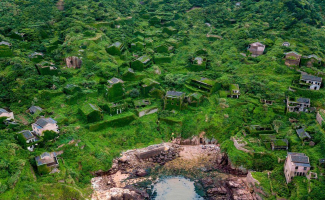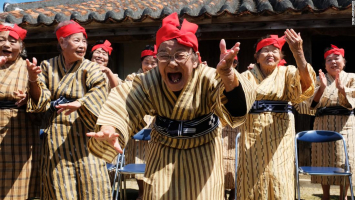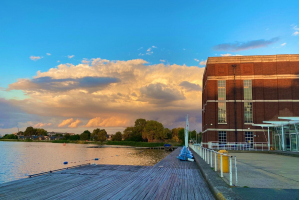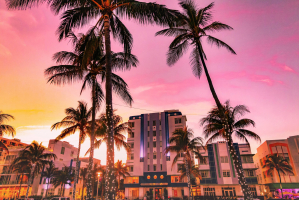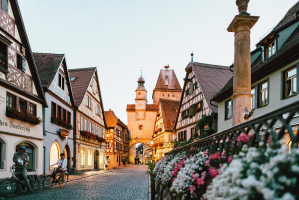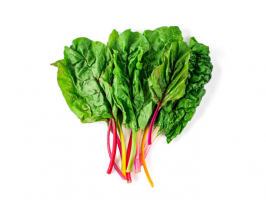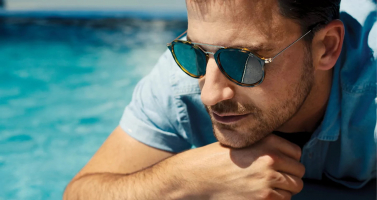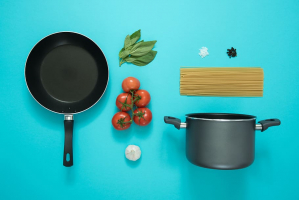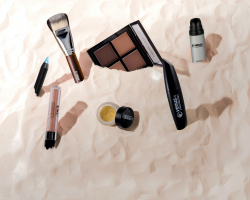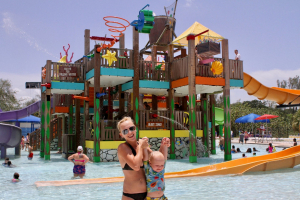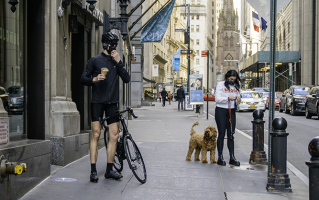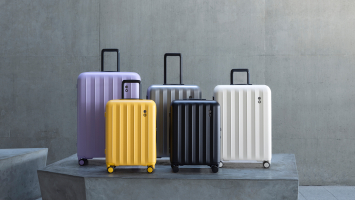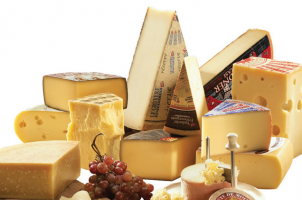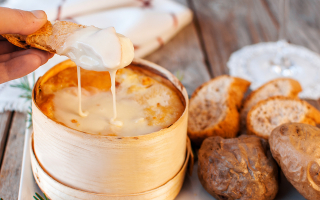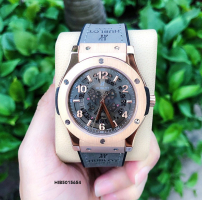Top 12 Places That Exemplify Cool Swiss Style
Switzerland is a vastly underappreciated European country that needs far more attention. There are several spots in Switzerland to visit that will steal your ... read more...breath away, including ice hotels, historical buildings, picturesque villages, and, of course, the aurora borealis. It might be difficult to choose the most beautiful sites in Switzerland for your holiday if you are planning a trip to this amazing Scandinavian country. From the Yellow House to the Kirchner Museum, these structures provide a concept of Swiss architectural style. And here are the places that exemplify cool Swiss style.
-
The remodeling of a 19th-century structure in Flims by Valerio Olgiati represents a drastic change in its character. The Yellow House, situated right by the curving roadway, has the greatest influence on the cultural environment of a town that is otherwise concealed from view. This promise is realized by the restored building's stunning presence: a timeless, richly textured surface holding construction markings, painted white overall to emerge as a wonderfully abstract volume. The Yellow Residence is the final relic of its previous incarnation as a bourgeois town house with Neoclassical aesthetic pretensions.
Olgiati's father, an architect himself, donated the ancient building to Flims on the condition that it be restored into an exhibition space, painted white, and covered with a traditional stone slab roof. These constraints are radicalized by Olgiati's design. The building's exterior was stripped of ornamentation, the entrance was moved horizontally, and any extraneous apertures were covered in to create an apparently neutral grid of windows. The inside of the building (finished in 1999) was gutted and reconstructed in bleached timber, with the eccentric internal structure dividing the open plan into four unequal regions based on the orientation of the ceiling beams. The dramatic collision between this structure and the central roof geometry culminates in a "broken" pillar on the top level, reflecting the power of defying scholarly preconceptions.
Location: Ringstrasse 8, 8884 Oberterzen
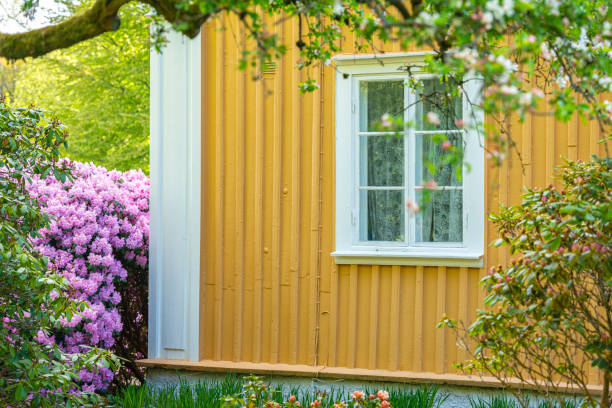
istockphoto 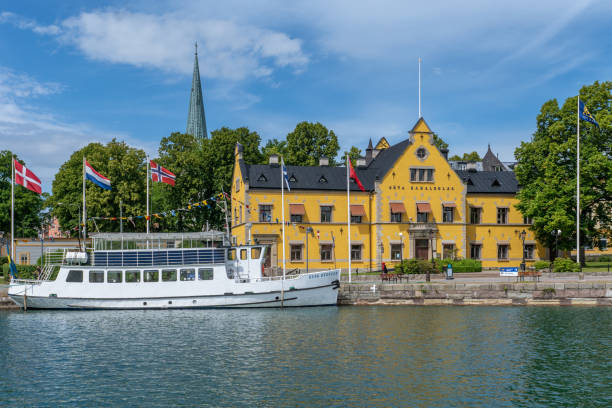
istockphoto -
There are relatively few examples in the world when a single architect's philosophies, experiences, and sentiments on materials, light, and logic can be manifested in one location. This unstated harmony appears to be achieved by Peter Zumthor in practically every work he creates, and it is sensed most powerfully in his masterwork, the Thermal Baths at Vals.
The baths were created to augment the industry of a tiny community and were buried into the slope of a magnificently picturesque mountain range. Zumthor plunged his building into the soil, utilizing stacks of precisely cut and polished stone to create a labyrinth of tiny, almost holy, cavelike pools spotlit by well positioned lamps, using native stone, gneiss, excavated from the mountain, and a concrete structure.
An open-air pool overlooks the surrounding scenery. The experience is visceral, but not at the expense of elegance, since each area is meticulously orchestrated. Although it appears gloomy and underground, the main pool shines with linear shafts of daylight carved from the ceiling above. Indeed, there is no indication that the structure exists from the outside; it barely intrudes on the mountain and blends in.
The project was finished in 1998 after taking more than six years to complete. Vals offers both luxurious luxury and a very basic sense of architecture at its best: not in the background or foreground, but somewhere in between, sculpting spaces and quietly orchestrating a very deliberate, primal experience.Location: Poststrasse 35, Vals
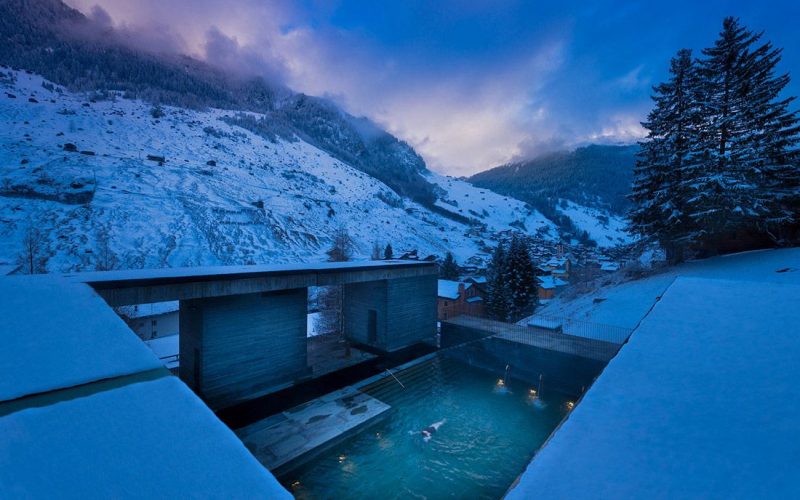
Pinterest 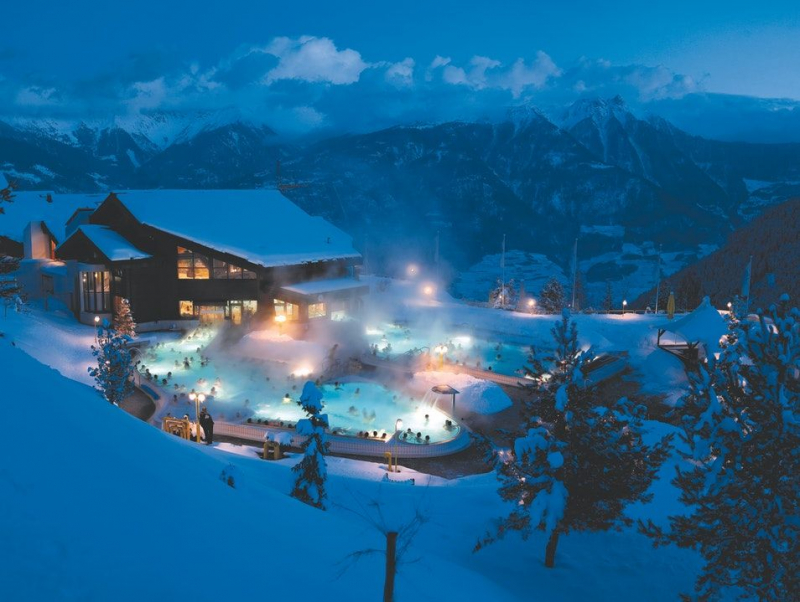
Pinterest -
True architecture is sometimes thought to need the assistance of an architect or master builder. It is thus much more remarkable to discover a whole community, if not an entire valley, of exceptional architectural merit. Corripo, a little village placed sharply against a lonely slope, has an urban feel in consistency, but it also has a diversity that even the most prestigious modern architects appear to lack. The materials used, the proportions (limited by local natural stone and wood), and the placing of these various early nineteenth-century structures appear to respect the harshness of their setting. Every home supplies only the essential necessities to ensure the survival of its agricultural residents in the alpine climate.
Each "Rustico", as the buildings are known, is created from basic piled granite blocks in a centuries-old construction process; even the roof tiles are taken from the same natural stone slabs. All wooden components, from the framework to the joinery, were "farmed" with local chestnut trees. Corippo was not connected to the Swiss road network until 1838. Fortunately, Corippo was never fully abandoned, and after being rediscovered in the 1980s as a possible weekend hideaway by Swiss urbanites, a thorough and substantial restoration project ensued, allowing this small but dynamic hamlet to maintain a lifeline long into the twenty-first century.
Location: Corripo
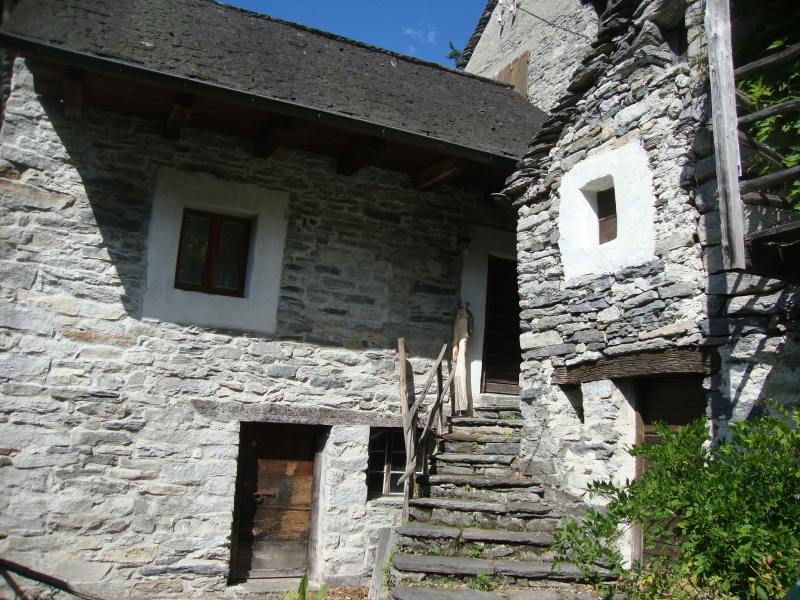
travelandleisureindia.in 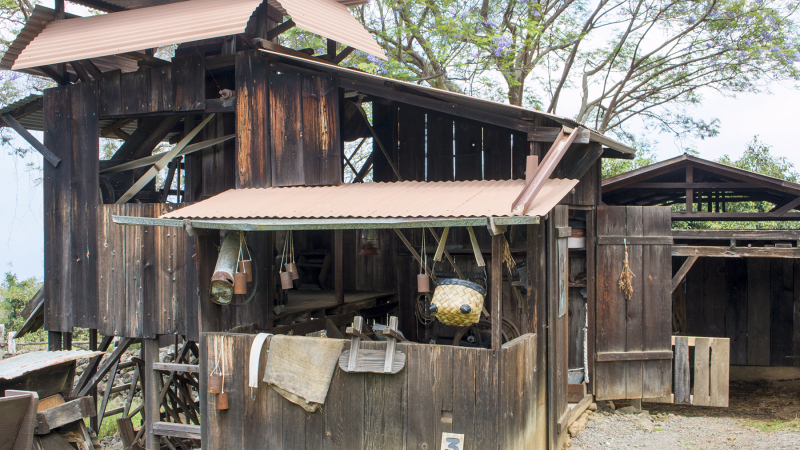
travelandleisureindia.in -
Ballenberg is a live open-air museum devoted to traditional Swiss rural life. Old buildings from all around Switzerland have been moved and rebuilt at Ballenberg, which is available to the public and decorated with traditional items. They also have several tradespeople on show, such as a man churning cheese, a lady weaving on a loom, a blacksmith, and so on. It’s also particularly nice for visiting grandparents since they truly like all the history and crafts. The park as a whole is lovely, with beautiful meadows overlooking the Bernese Alps. It's a beautiful way to spend a summer day.
Ballenberg is an open-air museum with approximately 100 structures that have been relocated from their original positions. The museum first opened its doors to the public in 1978 and has since become a vital resource for cultural studies due to its unique collection of historical structures. Ballenberg has varied themes each year, and visitors may notice an emphasis on the diversity of vegetables and herb gardens in 2020. There will be a garden kitchen in the farmhouse where preserves and non-perishable foods will be created, as well as a weekend garden workshop for students who want to participate in some enjoyable activities.
Location: Museumsstrasse 100, 3858 Hofstetten bei Brienz
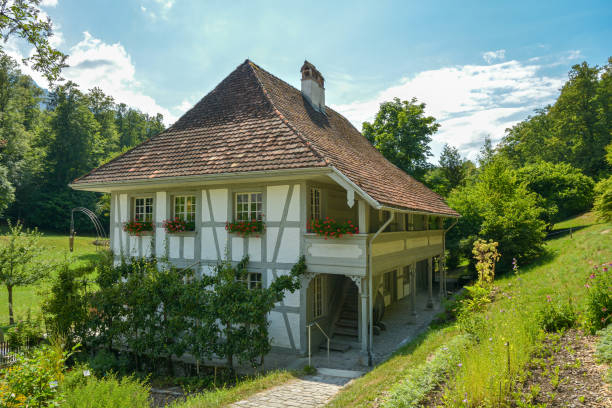
istockphoto 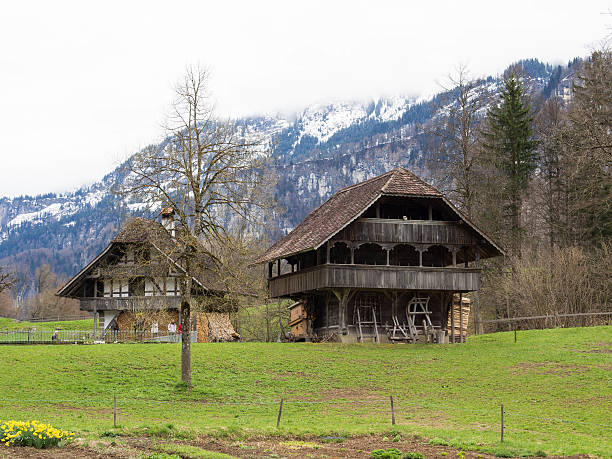
istockphoto -
The renowned Zentrum Paul Klee was created by Renzo Piano, an Italian star architect, and built on the outskirts of the capital city in 2005. In addition to housing the world's most significant collection of Klee's paintings, the center provides a variety of activities, recreational options, an appealing event setting, and, most importantly, a vibrant cultural atmosphere. Zentrum Paul Klee, a permanent collection dedicated to German-Swiss artist Paul Klee, houses almost 4,000 of his works. Since 2005, the center has become a landmark for locals and visitors alike, standing on one side of the highway with a distant view of the Swiss Alps.
Renzo Piano, a well-known Italian architect, conceived the museum as a "landscape structure" that makes nature visible from the inside through steel and glass walls. Aside from studying his masterpieces, there are temporary thematic displays that feature the works of Sigmar Polke, Wassily Kadinsky, and other artists. It's worth noting that all 18 routes around the structure are named after Klee's works. If you take the paths that circle the Zentrum Paul Klee, you will discover many signs with curious names. A total of 18 paths around the building are named after Klee’s masterpieces.
Location: Monument im Fruchtland 3, 3000 Bern
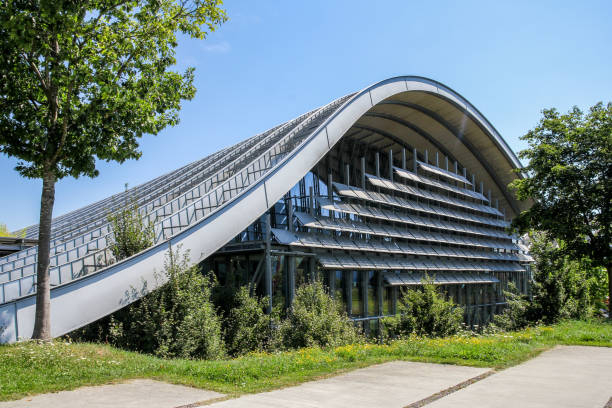
istockphoto 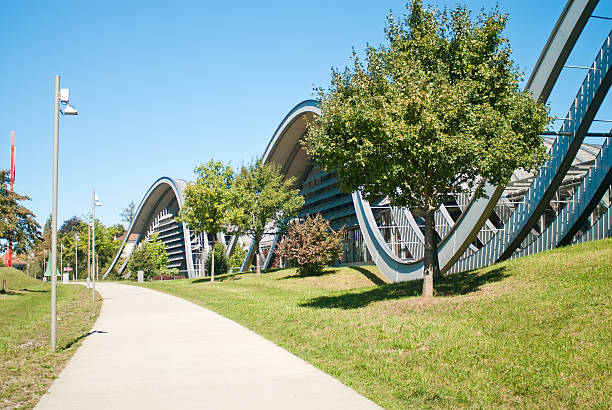
istockphoto -
Tarasp Castle is a historic property that was erected around 1040 and is a well-known landmark in the Lower Engadin area. Since 1919, it has been available to visitors who want to see the historic dormitories, castle chapel, knights' halls, and ballrooms. The castle hosts well-known 2,500-pipe organ performances, guided tours, and so-called "active holidays", in which visitors assist with annual maintenance work outside and inside the castle. The original defences were a ring wall and a portion of the chapel and bell tower. The chapel was built inside the ring wall that encircles the castle. The apse was embellished with paintings from the 12th century, of which only remnants exist. In the 17th century, the interior was refurbished.
The freestanding bell tower was most likely constructed as a hybrid church tower and watchtower. It stands five floors tall and is topped with a Baroque onion dome. The external walls are white plastered and adorned with coats of arms dating from the late 15th century. These paintings were still visible in 1900 but had deteriorated by then. However, a handful have recently been repaired as part of restoration operations. Make this castle a must-see on your visit to Switzerland.
Location: Sparsels 148, 7553 Scuol
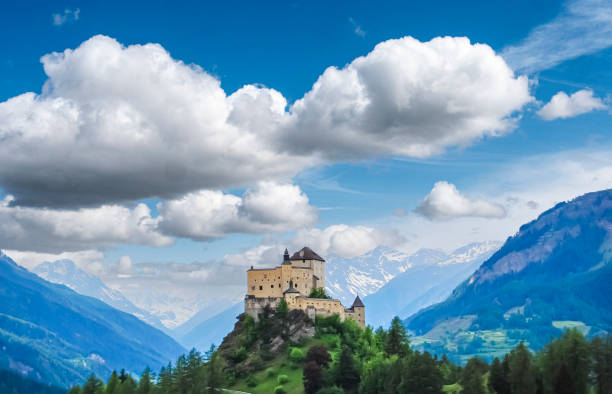
istockphoto 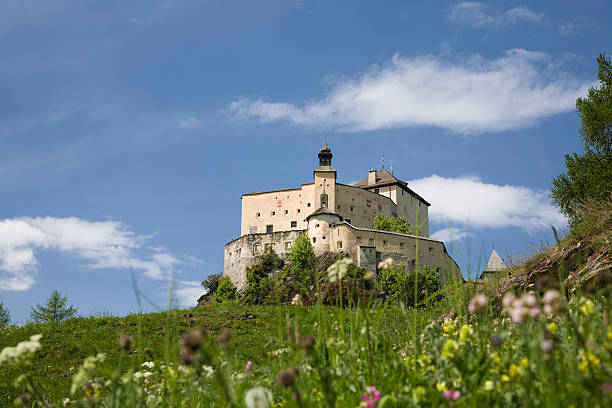
istockphoto -
Einsiedeln Abbey is a popular pilgrimage destination in Switzerland, and its Baroque architecture and chapel with the Black Madonna draw both visitors and locals. It is an excellent halt for travelers on the Way of St. James. For centuries, pilgrims traveling to Santiago de Compostela Cathedral in Spain on the Way of St. James have stopped at Einsiedeln Abbey. To finance itself, the abbey runs a private high school, a winery, a sawmill, a restaurant, and other minor enterprises.
The pilgrimages that have never stopped since the days of St Meinrad have elevated Einsiedeln to the level of the Holy House of Loreto and Santiago de Compostela, functioning as a key halting place on the Way of St. James that leads there. The focus of their devotion is a 15th-century figure of Our Lady enthroned in the little chapel created by Eberhard. It is the subject of the first preserved pilgrimage print, by the Master E.S. in 1466. The chapel is housed within the grand abbey church. You may even try the water from the Fountain of Our Lady in Klosterplatz, which is thought to have therapeutic abilities. The monastery grounds are free of charge and open to the public. There are guided tours as well inside the monastery and the library that lasts up to two hours.
Location: Kloster Einsiedeln, 8840 Einsiedeln
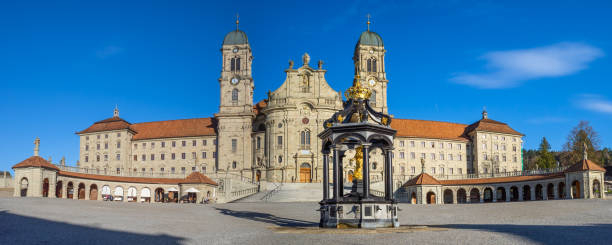
istockphoto 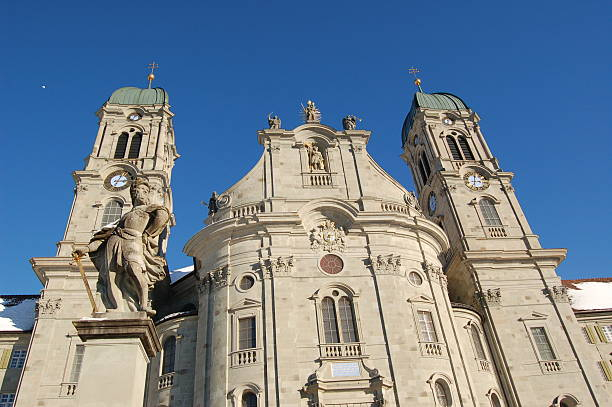
istockphoto -
The Lucerne Culture and Congress Centre, which was built between 1995 and 2000, is divided into three sections: the Concert Hall, the multi-functional Lucerne Hall, and the Convention Centre, which incorporates the Museum of Art. The KKL is well-known for its remarkable construction and world-class music hall, which can accommodate a broad range of events. It is one of Switzerland's most prominent museums, housing temporary exhibits by national and international artists. In 1989, the competition was won by the idea of Parisian architects Jean Nouvel and Emmanuel Cattani. However, the project money would not be granted for another five years. The city's finest hotels may be seen across the lake from the KKL Lucerne location.
The architect originally envisioned the structure as a ship sinking into the lake. When faced with a succession of referendums, Nouvel had the foresight to involve rather than control the people. By including Lucerners into their new culture center, the 94 million Swiss franc building budget was authorized by a majority vote in 1994. The neutral spaces and art priority allow the masterpieces to perform their magic, which you may witness on your next visit.
Location: Europaplatz 1, 6005 Luzern
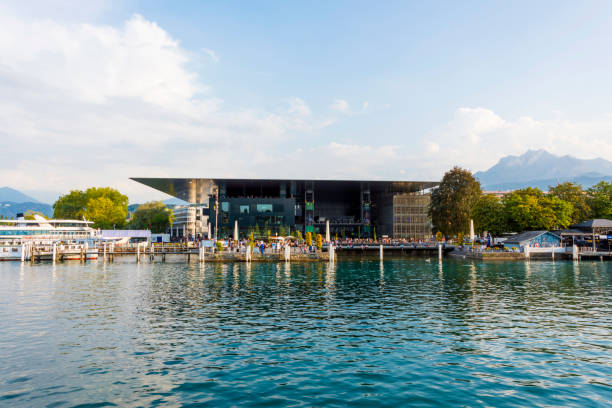
istockphoto 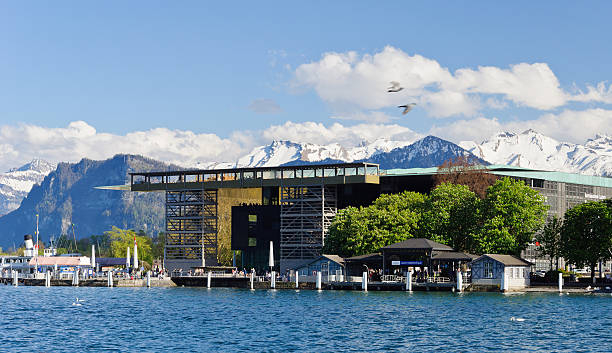
istockphoto -
Built in the 12th century, St. Pierre Cathedral (also known as St. Peter's Cathderal among visitors) holds the country's largest collection of Gothic and Romanesque capitals and boasts 157 stairs to the pinnacle of the cathedral. It is recognized as John Calvin's adoptive home church, as he was a leader of the Protestant Reformation. A wooden chair used by Calvin can be found within the church. The old Roman Catholic cathedral is now John Calvin's adoptive home church, having been turned into a Reformed Protestant Church of Geneva in the 16th century.
The cathedral, located in the heart of Geneva's Old Town, mixes Gothic and Ancient architectural styles, having been regularly restored throughout the years. There is no admission cost, although there is a small fee for a comprehensive guided tour if you want to learn about the cathedral's history. From June to September, you may also attend free carillon and organ performances at 5pm and 6pm, respectively. Because Geneva is also a popular destination for parasailing and paragliding, you might wish to join up for these exciting activities to make the most of your visit.
Location: Place du Bourg-de-Four 24, 1204 Genève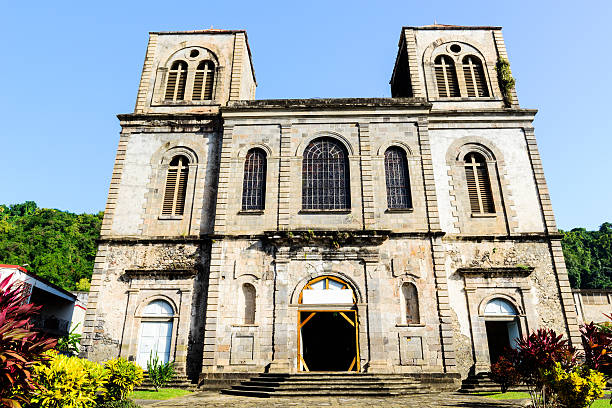
istockphoto 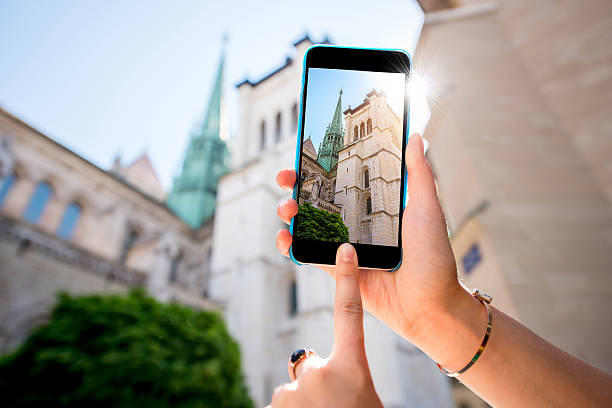
istockphoto -
The Cathedral of Notre Dame de Lausanne is a cathedral in the Swiss canton of Vaud, located in the city of Lausanne. It is affiliated with the Canton of Vaud's Evangelical Reformed Church. The cathedral's construction began in 1170 by an unknown master mason for the service of the Catholic Church. Another master mason continued building twenty years later until 1215. Finally, Jean Cotereel, a third engineer, finished the bulk of the existing cathedral, incorporating a porch and two towers, one of which is the current day belfry.
The second tower was never finished. Pope Gregory X, Rudolph of Habsburg, and the bishop of Lausanne at the time, Guillaume of Champvent, consecrated and dedicated the cathedral to Our Lady in 1275. The Protestant Reformation, particularly the Geneva version, had a profound impact on the cathedral, which was finally passed over to a Protestant sect. In 1536, a new liturgical space was erected to the nave, and the cathedral's colorful decorations were covered up.
Renato Häusler, the cathedral's night watchman, sits at the top of the bell tower between 10 p.m. and 2 a.m. and screams to the locals and tourists staying each hour. This is a 600-year-old tradition that will add to the excitement of your trip to Lausanne.
Location: Place de la Cathédrale, 1005 Lausanne
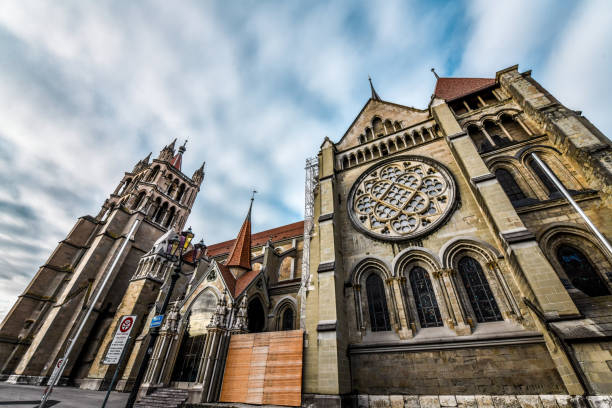
istockphoto 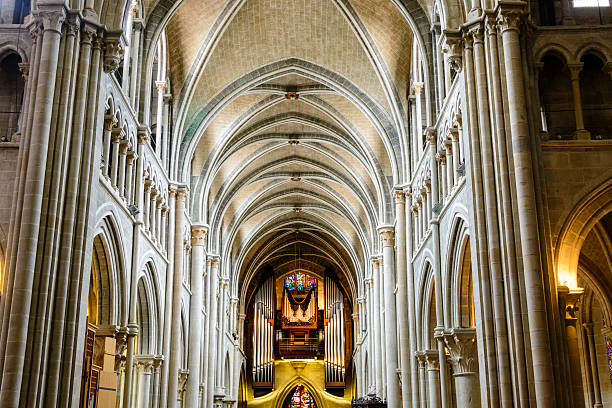
istockphoto -
Chillon Castle (French: Château de Chillon) is an island castle on Lake Geneva in the canton of Vaud, south of Veytaux. It is located near the lake's eastern extremity, on the narrow coast between Montreux and Villeneuve, which provides access to the Rhône Alpine valley. Chillon is one of Switzerland's and Europe's most popular medieval castles. From 1536 to 1798, it was inhabited successively by the House of Savoy and then by the Bernese. It presently belongs to the State of Vaud and is designated as a Swiss Cultural Property of National Significance. The Fort de Chillon, its contemporary equivalent, lies concealed in the mountain's steep slope.
The Chillon Castle is located on the island of Chillon, a round limestone rock advancing in Water Geneva between Montreux and Villeneuve with a steep slope on one side and the lake and its steep bottom on the other. The castle's location is strategic: it defends the passage between the Vaud Riviera, which gives access to the north towards Germany and France, and the Rhone valley, which provides a short path to Italy, and provides a view of the Savoyard shore on the opposite side of the lake. As a result, a garrison could control (both militarily and financially) access to the route leading to Italy and levy a toll.
It is presently protected as a crucial position for controlling the route from Northern to Southern Europe. They offer both permanent and temporary exhibits that cover a wide range of topics. The Medieval Factory displays medieval innovations, Magic Mountains displays the works of Daniel Frank, and Magical Water displays Rafael Rojas' photography.
Location: Veytaux, Vaud
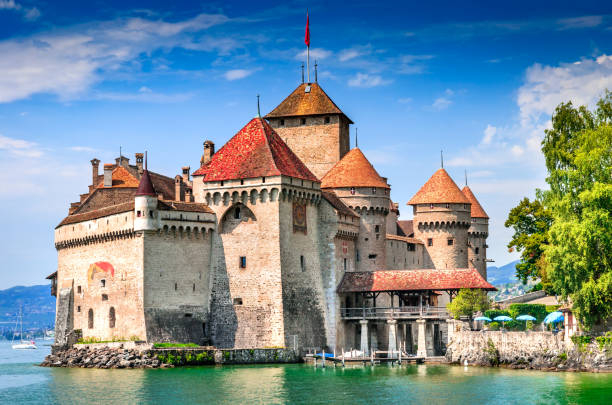
istockphoto 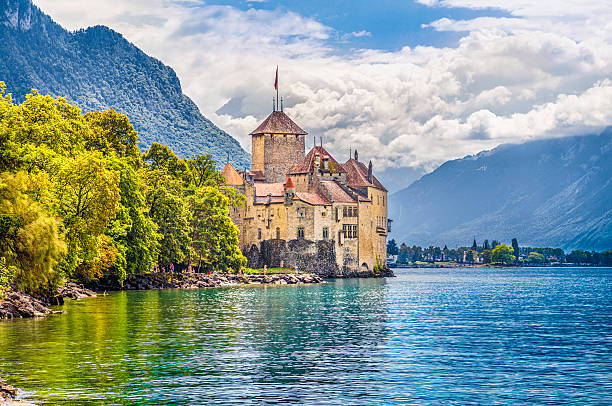
istockphoto -
The Swiss National Museum features adaptable display spaces and is regarded as one of the most outstanding 19th-century structures of national significance. The museum, which opened in 1898, was additionally embellished with new works of art, such as the DVSAVHELDS by Winterthur-based artist Mario Sala, who blended stratified stone strata and rocks to depict the museum's stone façades. Some of its permanent exhibitions include the "Ideas of Switzerland", "Simply Zurich", and "A magic carpet trip through history". They also include changing temporary exhibitions on a quarterly basis.
The museum tour takes visitors from prehistory to ancient periods, the Middle Ages, and the twentieth century (classic modern art and art of the 16th, 17th and 18th century is settled mainly in the Kunsthaus Museum in a different part of the city of Zurich). A particularly rich portion contains gothic art, chivalry, and a large collection of liturgical wooden sculptures, panel paintings, and carved altars. The Swiss National Museum's porcelain and faience collection is housed at Zunfthaus zur Meisen, near Fraumünster church. There is also a Collections Gallery, which displays Swiss furniture, an Armoury Tower, a model of the Battle of Murten, and a Coin Cabinet, which displays 14th, 15th, and 16th century Swiss coins, as well as other coins from the Middle Ages.
Location: Museumstrasse 2, 8001 Zürich
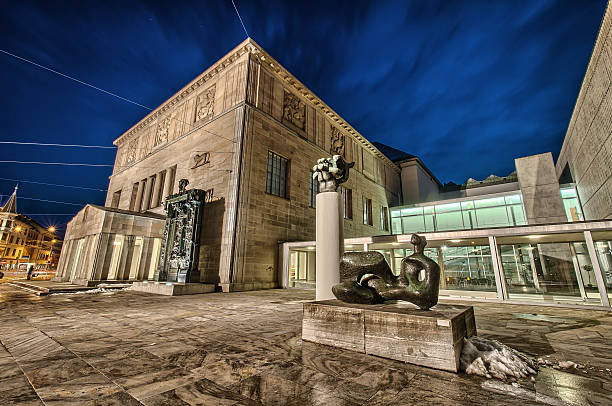
istockphoto 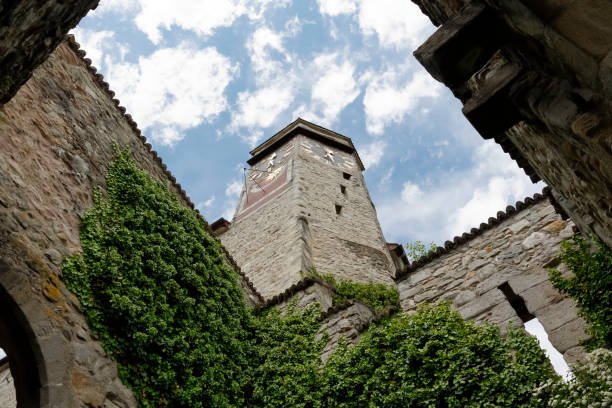
istockphoto














